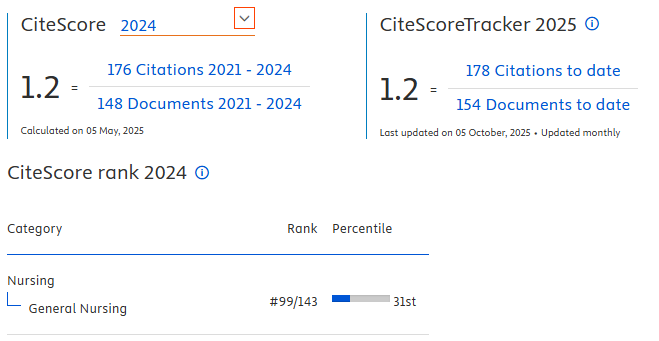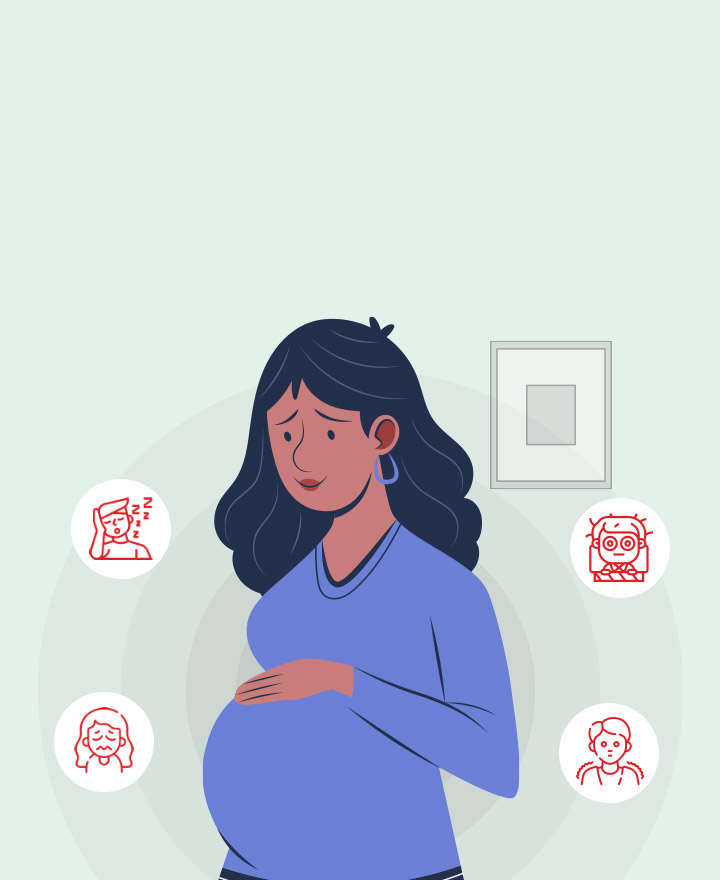Admission Orientation Menurunkan Stres Pasien Awal Masuk Rumah Sakit
Downloads
Introduction: Being hospitalized, some people may encounter a strange environment and situation which trigger stress to the patients. By giving an orientation, patients will learn how to adapt to this stressful event. Admission Orientation is a type of orientation which can be given to the patient onearly stage of hospitalization. The main purpose of Admission Orientation is to facilitate the patients to cope with hospital environment and situation at first 24-48 hours. The objective of this study was to analyze the effect of admission orientation to reduce the stresslevel in early hospitalizedpatients.
Method:A quasy experimental design was used in this study. Population had taken from new patient in C (Cempaka) Surgical Ward, on June 2007. Sample were recruited by using total sampling and there were 12 samples who met to the inclusion criterias, divided into 6 samples for intervention group and 6samples for control group. The independent variable was Admission Orientation and the dependent variable was stress responses.Data were collected by using questionnaire and analyzed by using Wilcoxon Signed Ranks Test and Mann-Whitney U Test with significance level α≤0.05.
Result:The result showed that Admission Orientation reduce the stresslevel in early hospitalizedpatientswith p=0.025 in intervention group, p=0.157 in control group.
Discussion: It can be concluded that Admission Orientation reduce patient's level of stress. Therefore, Admission Orientation should be applied on hospitals as a program that can promote patient'sadaptation in early hospitalization.
Aditama. 2003. Manajemen Administrasi Rumah Sakit. Edisi Kedua. Jakarta: UI Press.
Reality Orientation: A Historical Study of Patient Progress. 2007. (Online), (http:// psychservices.psychiatryonline.org., diakses tanggal 22 April 2007, jam 14.31 WIB).
Rumah Sakit. 2007. (Online), (http://www.id.wikipedia.org/wiki/Rumah_sakit, diakses tanggal 27 April 2007, jam 12.59 WIB).
The Orientation Program PRD. 2007. (Online), (http://www.ons.org/Orientation, diakses tanggal 19 April 2007, jam 14.05 WIB).
Cohen, S. 2007. Perceived Stress Scale, (Online), (http://www.psy.cmu.edu, diakses tanggal 11 Maret 2007, jam 21.26 WIB).
Harris, J.W. 2005. Admission Orientation_A Good Beginning, (Online), (http://www.psychservices.psychiatryo nline.org., diakses tanggal 22 April 2007, jam 10.15 WIB).
Hawari, D. 2004. Manajemen Stres, Cemas dan Depresi. Jakarta: Balai Penerbit FKUI.
Koenker, H. 1994. Stress and The Immune System, (Online), (http://www.econ.uiuc.edu, diakses tanggal 13 Maret 2007, jam 12.38 WIB).
Kozier and Erb. 2004. Fundamentals of Nursing: Concepts, Process and Practice. 7 th edition. New Jersey: Pearson Education.
Lovallo, W.R. 2005. Stress and Health: Biological and Psychological Interaction. California: Sage Publication.
Lovibond and Lovibond. 1995. Depression Anxiety Stress Scale (DASS), (Online), (http://www.swin.edu.au, diakses tanggal 11 Maret 2007, jam 22.05 WIB).
Rasmun. 2004. Stres, Koping dan Adaptasi: Teori dan Pohon Masalah Keperawatan. Jakarta: Sagung Seto, hlm. 41-49.
Stressless Inc. 2007. Stress Related Information, (Online), (http://www.stressless.com, diakses tanggal 30 Maret 2007, jam 09.38 WIB).
Authors who publish with Jurnal Ners agree to the following terms:
- Authors transfer the Copyright and grant Jurnal Ners the right of first publication with the work simultaneously licensed under a Creative Commons Attribution 4.0 International License that allows others to remix, adapt and build upon the work with an acknowledgment of the work's authorship and of the initial publication in Jurnal Ners.
- Authors are permitted to copy and redistribute the journal's published version of the work (e.g., post it to an institutional repository or publish it in a book), with an acknowledgment of its initial publication in Jurnal Ners.
Jurnal Ners requires a formal written declaration and transfer of copyright from the author(s) for each article published. We, therefore, ask you to complete and return this form, retaining a copy for your own records. Your cooperation is essential and appreciated. Any delay will result in a delay in publication. The form can be downloaded HERE.
































